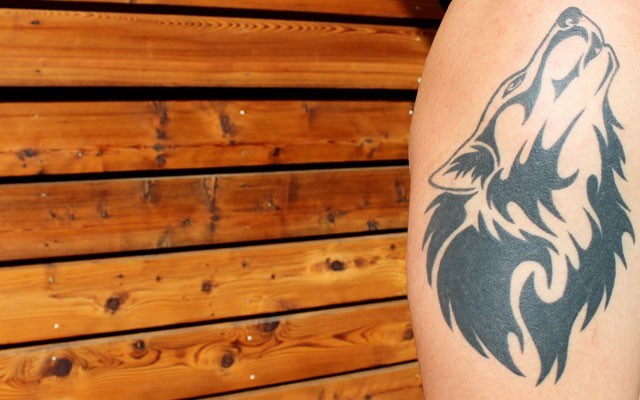Even these days, it isn't often that an art gallery puts together an exhibition with the input of "civilians."
When they do, the dimension of a gallery space is broadened; the stereotype of highlighting only the work of professionals is turned on its head by a populist vision.
I think there are benefits from making use of both experts and ordinary people, plenty of opportunities for enlightenment and surprise from either end of the spectrum. Putting on shows from outside the ranks of the usual sources not only redefines what art is and where it comes from, but also redefines the role of a gallery.
Elizabeth Broun, the director of the Smithsonian American Art Museum, said in 2011 that it had become harder for popular art — and by extension popular culture — to get through the doors of many galleries.
"Looking around now, art has gone back to conventional ways, driven by galleries and dealers and collectors and the auction market. The more irreverent ways of making art take a lot of energy and that seems to have dramatically eroded," she said.
So bravo to the Squamish Lil'wat Cultural Centre (SLCC) in the Upper Village for its new show Our Markings, which opened last week in its upstairs galleries, and its willingness to explore how ordinary people use art in their everyday lives.
Our Markings is a look at body art and how it connects to the two indigenous nations in this region, the Squamish and the Lil'wat.
There are both historical and modern examples in the exhibition because while tattoos and other body adornments are still very much part of the cultures, the traditional looks and purposes were almost lost, thanks to more than a century of cultural suppression of the First Nations of Canada by the dominant culture.
The SLCC has combined public photo donations with the work of professionals to round out its show.
At the opening reception on Friday, April 25, established artists from both communities produced carvings in stone and wood and even a block of polystyrene, to explore traditional symbols.
Xwalacktun, also known as Squamish Nation carver Rick Harry, carved a basalt stone monolith, a marking post of ancient pictographs, for the show. Traditionally, it would have played the part of road sign and a resting place, where travellers could lean and take their ease.
Aaron Nelson Moody took cedar and carved the outline of a life-sized human. On it, he painted examples of the tattoos the Squamish Nation of 100 years ago would have recognized. In conversation, he explained he gained this knowledge as a young man from conversations with elders now long gone.
Markings, like names in the community, would change over the lifetime of the individual, depending on changes of status within the community.
Demara Jacob, who set up the Squamish side of the exhibition, said women would often have their own tattoos on their insides of their wrists that acted as a kind of artistic fingerprint, showing who they were as individuals.
Curator Alison Pascal of the Lil'wat Nation said tattoos were not customary to her people, but talked about the tradition of hair lengths and styles denoting status, a custom no longer in use. However, when a family is in mourning hair is cut short.
The more populist side of the exhibition is a rotating slide show of donated photographs of modern tattoos etched on the skins of members of the Squamish and Lil'wat Nations. This is combined with the names of the people who have shared them.
It's a real mix of images and reasons, in which contemporary illustrations of animals and flowers are combined with powerful traditional images.
Some are significant because they depict Coast and Interior Salish imagery as a way of showing pride and connections to community. Many go deeper because they represent life moments, like birth, death or other significant personal milestones.
The show will be up for the next year at the SLCC, and because of this another positive element comes into play — access.
In covering the cultural centre for the last few years, both for Pique and The Globe and Mail, what was pointed out to me more than once was that the SLCC is a hub where First Nations communities can be met by other Canadians and overseas visitors in a context that was comfortable, interesting and mind opening.
What's more, the First Nations communities themselves feel ownership of it. This is their place, where the young people are ambassadors and the elders shape the policy and direction, and this is their show.
In the case of the Our Markings exhibition, is also a cultural repository for the members of both nations. And members of the nations will come, perhaps for the first time in some cases, in order to see those connections.




